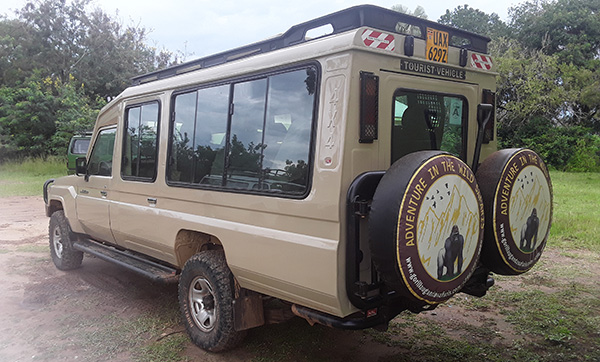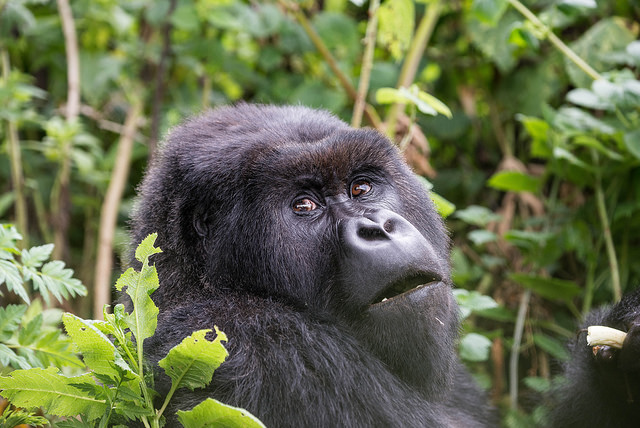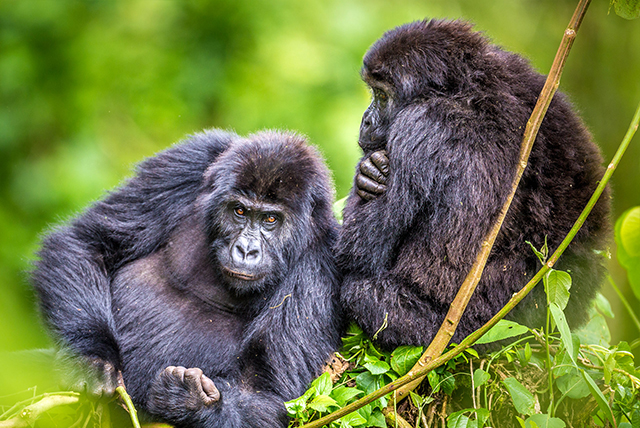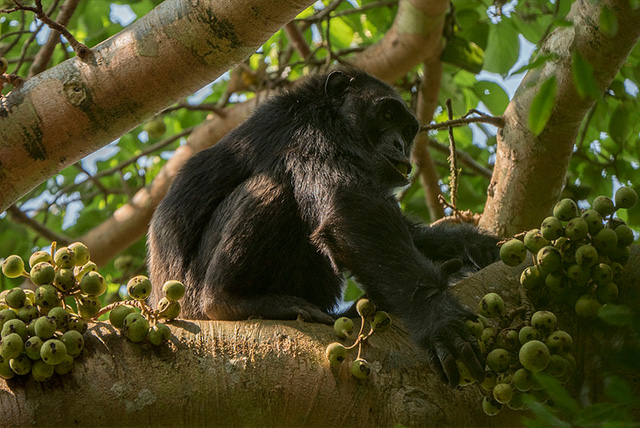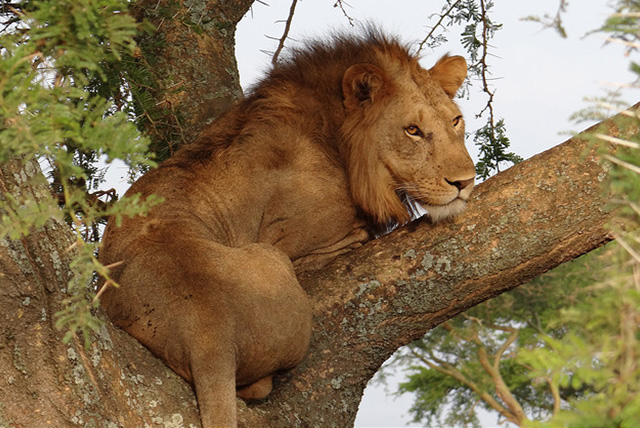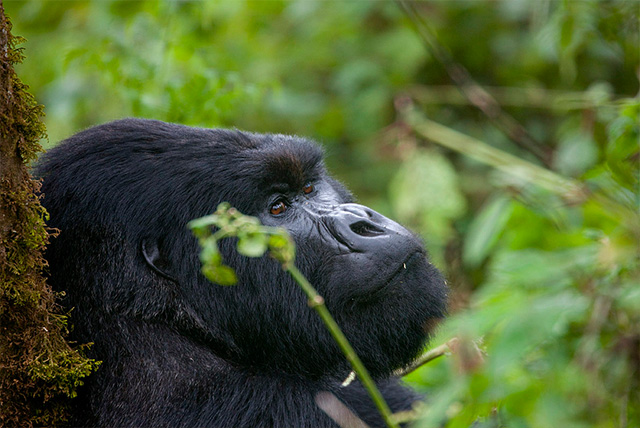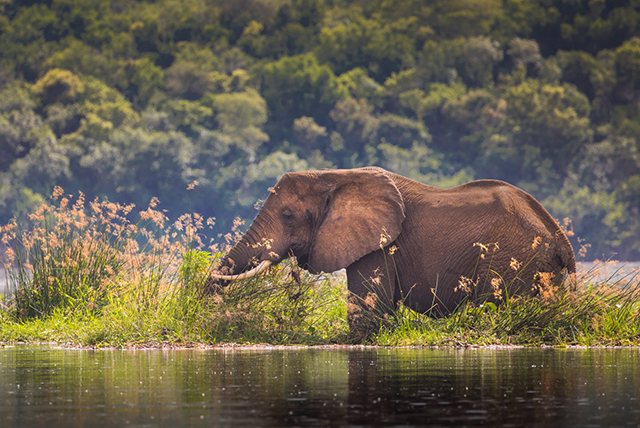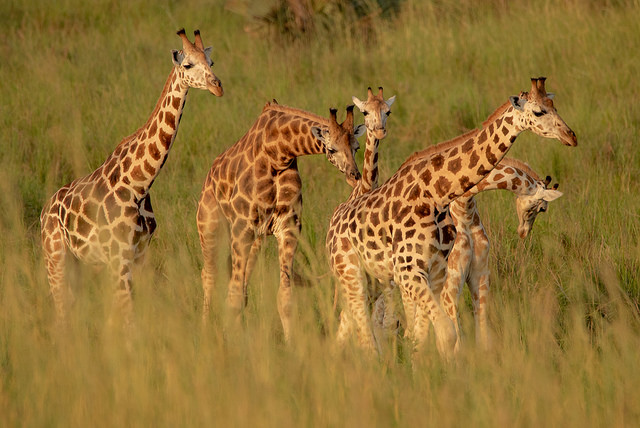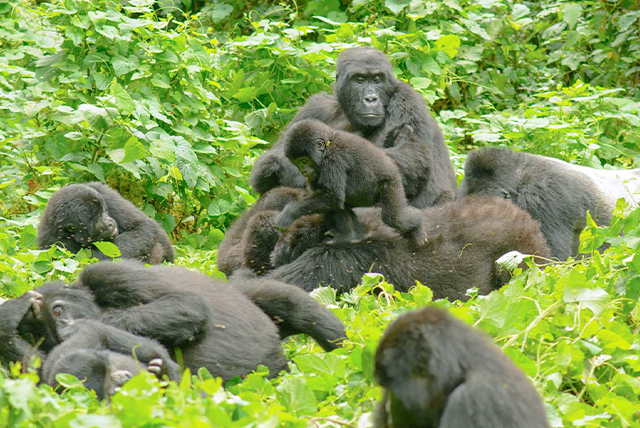Is Namibia Safe
IS IT SAFE TO EXPLORE THE REPUBLIC OF NAMIBIA?
Namibia shares its borders with South Africa, Botswana, Angola, Zambia, and the vast Atlantic Ocean. The country was under South African administration until it achieved independence in 1990.
The country is home to extraordinary landscapes like the Namib desert, the Fish River Canyon Park, Etosha National Park, and the Kalahari Desert. Nine distinct languages thrive in the country, featuring Khoisan languages that boast their remarkable ‘click’ sounds.
The political landscape in Namibia is dynamic and engaging.
Namibia is a serene land, untouched by conflict. Since the conclusion of the Angolan civil war in 2002, the turmoil that once affected the northeastern regions of Namibia has ceased to be a concern.
The security situation along the Namibia–Angola border has seen positive changes with the newfound peace in Angola. While there are some challenges, visitors are encouraged to remain vigilant when exploring this area, including the Kavango Region in the northeast and the western half of Zambezi Region (formerly known as Caprivi). It is essential to utilize only the designated border crossing areas when venturing into neighboring countries.
Political unrest or demonstrations are uncommon and typically found only in Windhoek.
RESTRICTED ZONES IN NAMIBIA
Those eager to explore the townships should consider going with someone who knows the area well, rather than venturing out alone.
In the border area stretching from Katwitwi along the Okavango River in the Kavango West Region to Kongola in the Zambezi Region, remnants of landmines still linger. Travelers are encouraged to stay on the paths and exercise caution when a roadside pause is essential.
EXPLORING CRIME IN NAMIBIA
Namibia does, however, experience a relatively high crime rate. Explorers should stay vigilant when navigating around ATMs and banks. Minor offenses like pickpocketing and purse snatching can take place, and vehicle thefts and break-ins are also relatively common.
While there are some challenges to be aware of, such as the presence of pickpockets and reports of armed robberies, the thrill of exploration remains ever-present. Travelers frequently find themselves losing possessions they carry in their bags. Many homes are protected by electric fences and advanced burglar alarms.
In Windhoek, there are instances of violent crime, including muggings and robberies that specifically target foreigners.
Many heists occur on the outskirts of the bustling city, and it appears that taxi drivers frequently play a role in these escapades. They identify unsuspecting travelers and collaborate with thieves. Visitors should remain vigilant and exercise some practical caution, and they will likely encounter no issues.
Driving under the influence of alcohol poses a significant challenge in Namibia, often made worse by the widespread belief that it is not an issue. Stay vigilant while navigating the roads or sidewalks during weekend nights.
Reports of tourist robberies have emerged from the areas of Walvis Bay, Swakopmund, and Henties Bay.
Taxi drivers have taken advantage of foreigners. The Namibia Bus and Taxi Association (NABTA) oversees taxi drivers by assigning them unique registration numbers, consisting of one letter followed by a two-digit number. Visitors are encouraged to opt for registered taxis that proudly display the NABTA logo, or better yet, arrange for a taxi through a trusted hotel for a seamless experience.
In certain hotels and lodges, there have been instances of credit card copying, so visitors should remain alert at ATMs. Criminals may try to divert attention by pretending to assist, all while attempting to steal money.
EXCITING TRANSPORT OPTIONS IN NAMIBIA
Amidst the expansive landscapes and the extraordinary sights of Namibia, many travelers choose to embark on their own driving journeys. When renting a car, be sure to have sufficient cash available to refuel, as numerous petrol stations may not take credit or debit cards. When exploring the back roads on your Namibia safari, it is smart to refuel whenever you come across a service station, as fuel shortages can be frequent. Get ready for the possibility of limited petrol availability or the challenge of locating it at rural filling stations.
Namibia’s roads are often in excellent condition, featuring smooth tarred primary routes and well-maintained gravel secondary routes. A 4×4 vehicle is only essential on tertiary roads and the Skeleton Coast. Driving at night can lead to unexpected challenges. The presence of wildlife on the roads creates a thrilling yet perilous situation. Vehicles navigate the roads on the left side.
Maintain your spare in top shape and check your tyres regularly, as the roads in Namibia can be quite harsh on them. When renting a vehicle, it is wise to consider opting for the tyre insurance that the company may provide. The roads can become quite bumpy and uneven between gradings.
EXPLORING PUBLIC TRANSPORT IN NAMIBIA
In Windhoek, aside from car hire companies, you can easily find a Dial A Cab taxi service. Getting around the city and beyond is a breeze with shared or long-distance taxis available for your journey. Drivers typically do not take advantage of visitors.
TransNamib operates air-conditioned buses to various destinations across Namibia, along with trains to select key locations. Though not widely known, the Desert Express, a luxurious tourist train, whisks travelers away from Windhoek to the stunning destinations of Walvis Bay and Swakopmund.
Air Namibia, along with a handful of private airlines, provides regional flights.
Seasoned off-road enthusiasts relish the thrill of exploring the country on their motorbikes. Extensive experience with gravel and sand over long distances is essential.
HERITAGE AND CUSTOMS
The languages spoken in the region include Oshiwambo, Otjiherero, Nama, Damara, Rukwangali, various San languages, and Silozi. English serves as the official language, while Afrikaans is also commonly heard. As English is often a third language for many Namibians, the proficiency can vary significantly. German echoes through the air, while the vibrant sounds of Portuguese resonate from the voices of immigrants hailing from Angola.
Namibia is a country brimming with opportunities and experiences, offering a blend of modern amenities and a sense of ongoing growth. Namibians have a deep appreciation for their meat and enjoy it in generous quantities. Being a vegetarian in the country presents its challenges, as most fruits and vegetables are imported and come with a higher price tag.
LGBT Rights in Namibia
Namibian law prohibits sexual acts between individuals of the same sex, so LGBTQ2 travellers should weigh the potential risks before embarking on a journey to the country.
ESSENTIAL SAFETY GUIDELINES FOR NAMIBIA
Stay vigilant and aware of your environment, making sure that all your personal items, such as your passport and travel documents, are safely tucked away. It is best to steer clear of townships and remote areas once the sun sets. At service stations, the thrill of the unexpected can sometimes lead to unfortunate events, so it is wise for visitors to ensure their vehicle doors are locked and windows are closed, helping to fend off any potential carjacking or theft. Valuables must always be safeguarded, especially from prying eyes outside the vehicle.
Travelers should remain vigilant of individuals seemingly seeking help by the roadside. Recently, a number of unsuspecting tourists have encountered armed attacks along country roads.
Steer clear of driving after dark in rural areas and exercise caution on gravel roads, especially those with sloping sandy edges, even if they appear to be in excellent shape.
Much of the country is desert, yet the sand, salt, and gravel roads transform into slippery and treacherous paths when wet, resulting in numerous single-vehicle accidents. Always keep your speed below 80 km/h when navigating gravel roads.
Be aware that emergency and roadside assistance can be quite unpredictable beyond Windhoek.
Always ensure you have ample water and fuel supplies, along with two spare tires, before venturing into desert regions. It’s better to journey in a convoy through the vast desert landscapes.
EXCITING CHALLENGES IN NAMIBIA
The northern part of Namibia offers a thrilling experience, but it is important for visitors to be ready with the right malaria precautions when exploring these regions.
The water supply in the country is generally safe for drinking, unless stated otherwise. Campsites by rivers might draw water straight from the flowing streams, so it is best to steer clear of drinking it.
During the sweltering summer months, it is essential to take precautions to avoid heat exhaustion or heatstroke. Wearing hats, seeking shade during the hottest part of the day, and staying well-hydrated are important steps to ensure your safety and enjoyment.
As the Ebola virus disease continues to affect neighboring countries, travelers might encounter a brief thermal scanner check or a health questionnaire at the airports when boarding or disembarking a flight.
Generally, indulging in food and drink provided at restaurants and hotels is considered safe, including many traditional street markets. Travellers’ diarrhea can strike unexpectedly, and the key to overcoming it lies in rehydration, particularly by consuming plenty of fluids – a task made easier in a land celebrated for its beer. Always have oral rehydration salts on hand while exploring new places.
Adventurers are encouraged to be mindful of insect bites. Shield yourself from pesky mosquito bites by dressing appropriately, applying insect repellent, and seeking refuge in cozy, air-conditioned spaces. One might think about preparing clothing and travel gear with insecticides and resting beneath an insecticide-treated bednet.
It is a good idea to chat with your health care professional about antimalarial medication at least six weeks prior to your journey to explore your options.
For most explorers, the chance of encountering tuberculosis is minimal.
WELLNESS CENTERS
Medical facilities in Namibia offer a contemporary experience, especially in the vibrant capital of Windhoek and the lively coastal towns. In smaller towns, finding well-equipped facilities can be quite a challenge. Visitors typically need to make an upfront payment, even if they possess medical insurance.
A visitor ought to secure an insurance policy that encompasses all the exciting activities they plan to engage in, especially when it comes to extreme sports. Additionally, travel insurance should provide coverage for medical evacuation and hospital stays.
HIV/AIDS AWARENESS
The HIV infection rate in Namibia stands at approximately 25%. The country’s medical system is equipped to handle a wide range of needs that visitors may encounter. The staff receive excellent training, ensuring that HIV transmission in hospitals is effectively managed.
IMMUNIZATIONS REQUIRED FOR NAMIBIA
Make sure that routine vaccinations are current, including those for measles-mumps-rubella (MMR), diphtheria, tetanus, pertussis, polio, varicella (chickenpox), influenza, and more.
Consult with your travel health expert regarding the appropriate vaccinations for your journey, such as those for Hepatitis A and B, influenza, measles, rabies, and more.
In Namibia, you will not encounter the threat of yellow fever, but if you have traveled from or through an airport in a region where the disease is present, you will need to provide proof of vaccination.
IS NAMIBIA A SAFE DESTINATION FOR WOMEN EXPLORERS?
It’s wise for everyone to avoid walking or taking taxis alone in Windhoek or Oshakati after midnight, and women should consider doing so after 21:00.
IS NAMIBIA A FAMILY-FRIENDLY DESTINATION?
Traveling in Namibia with children is a thrilling experience, as long as parents ensure that all their vaccinations are current. It is important to be cautious of mosquitos, scorpions, and snakes while children are enjoying their time outdoors.
AVOID UNNECESSARY DRAMA
Diamonds and other safeguarded treasures ought to be acquired exclusively from authorized retailers. Individuals found guilty of unlawfully trading in diamonds encounter significant penalties and potential jail time. Consequences for drug offences are harsh, often resulting in extended time behind bars.
Always seek permission before capturing images of military sites or government buildings.
Using a cell phone while driving or operating a vehicle under the influence of alcohol or drugs is against the law, and wearing a seatbelt is mandatory for both the driver and all passengers.
When navigating national roads, it is essential to have your vehicle’s main lights illuminated, as failing to do so can lead to serious consequences, including charges of culpable homicide for drivers involved in fatal accidents.
Adventurers should steer clear of interactions with animals, such as dogs, monkeys, snakes, rodents, birds, and bats. Infections such as rabies can be transmitted between humans and animals.
The dry season runs from April to October, while the rainy season spans November to March. Gravel roads can quickly turn into challenging obstacles during the rainy season, while dry riverbeds can unexpectedly morph into powerful torrents in just moments. Travelers are encouraged to stay updated on local weather conditions and make plans accordingly, while avoiding camping in dry riverbeds or conservancy zones.
IMPORTANT INFORMATION REGARDING COVID-19
Since the start of 2020, travelers to any country should be mindful and contribute to preventing the spread of the coronavirus. Coronaviruses belong to a vast family of viruses that inhabit both animals and humans. Some viruses can spread among people, leading to a variety of illnesses, from the common cold to more serious conditions like Middle East Respiratory Syndrome (MERS) and Severe Acute Respiratory Syndrome (SARS).

